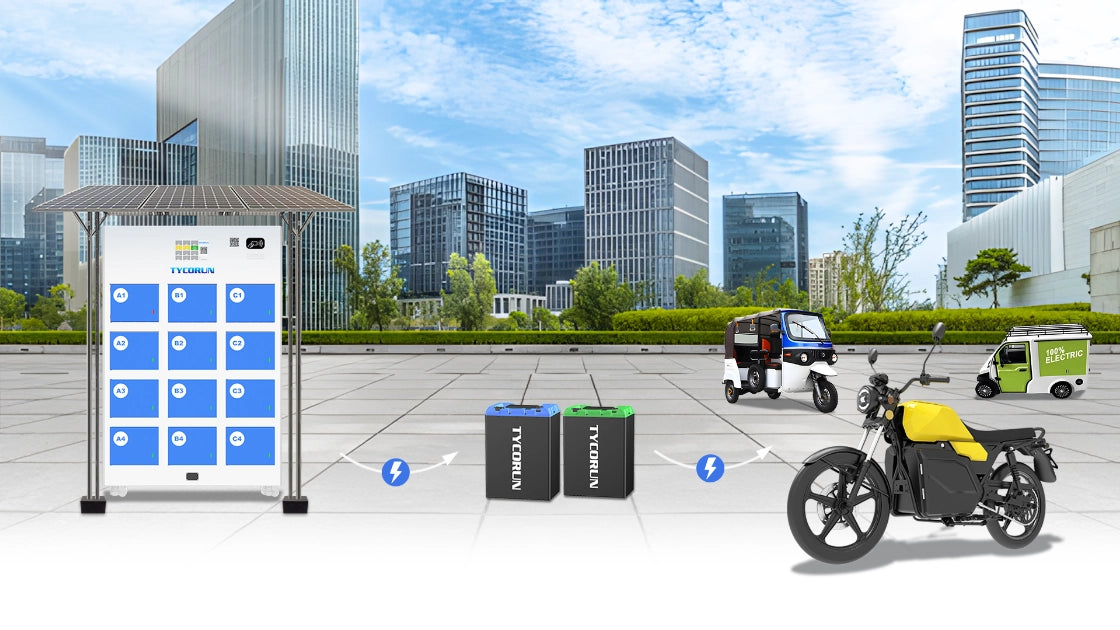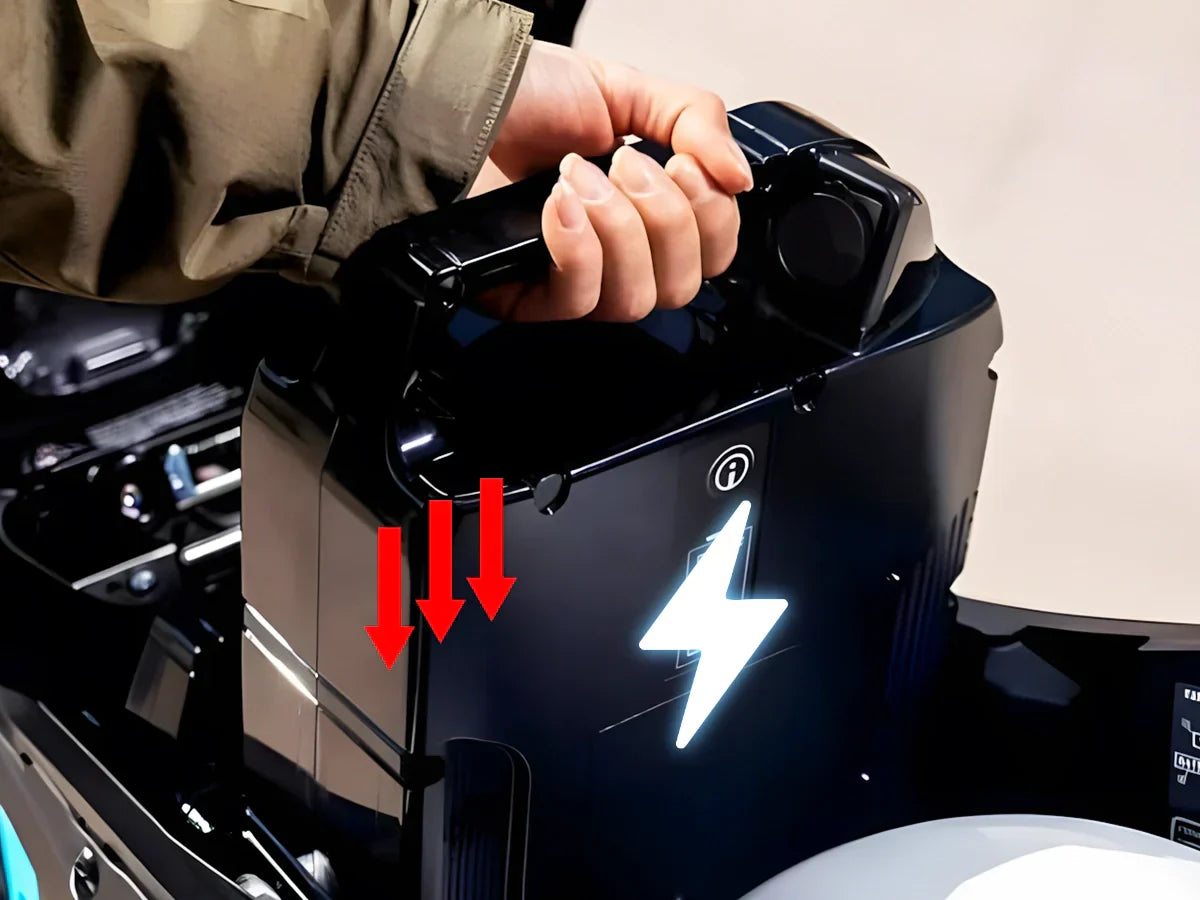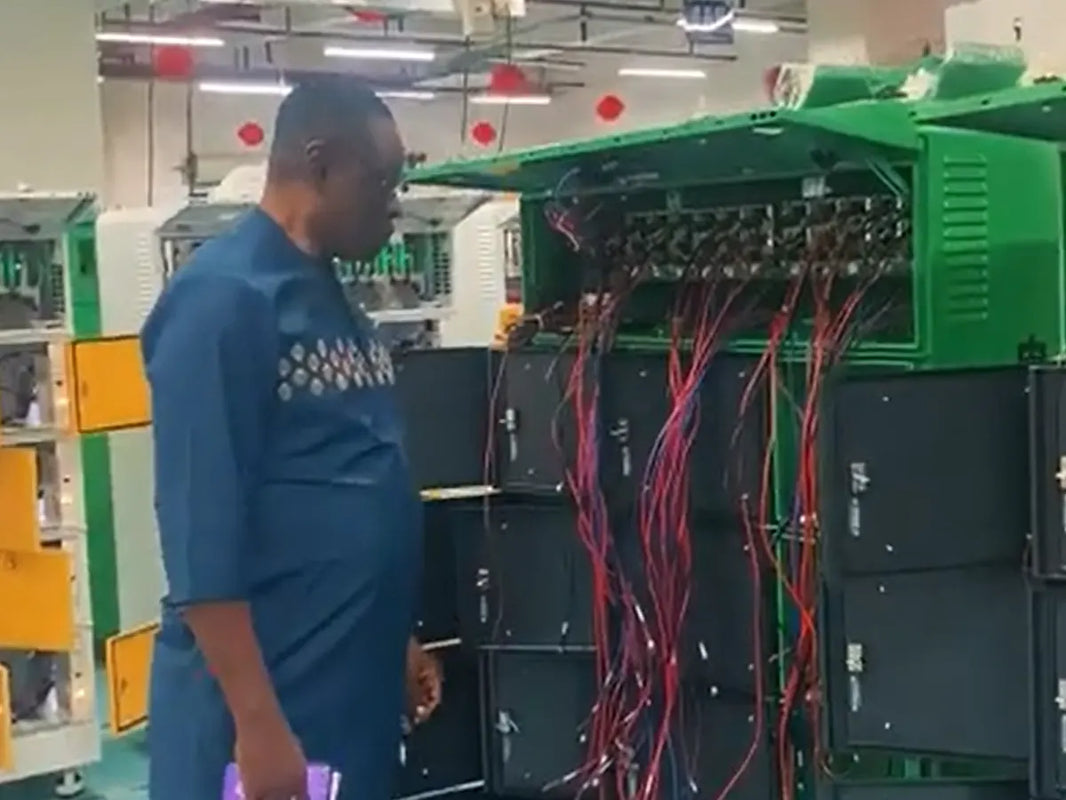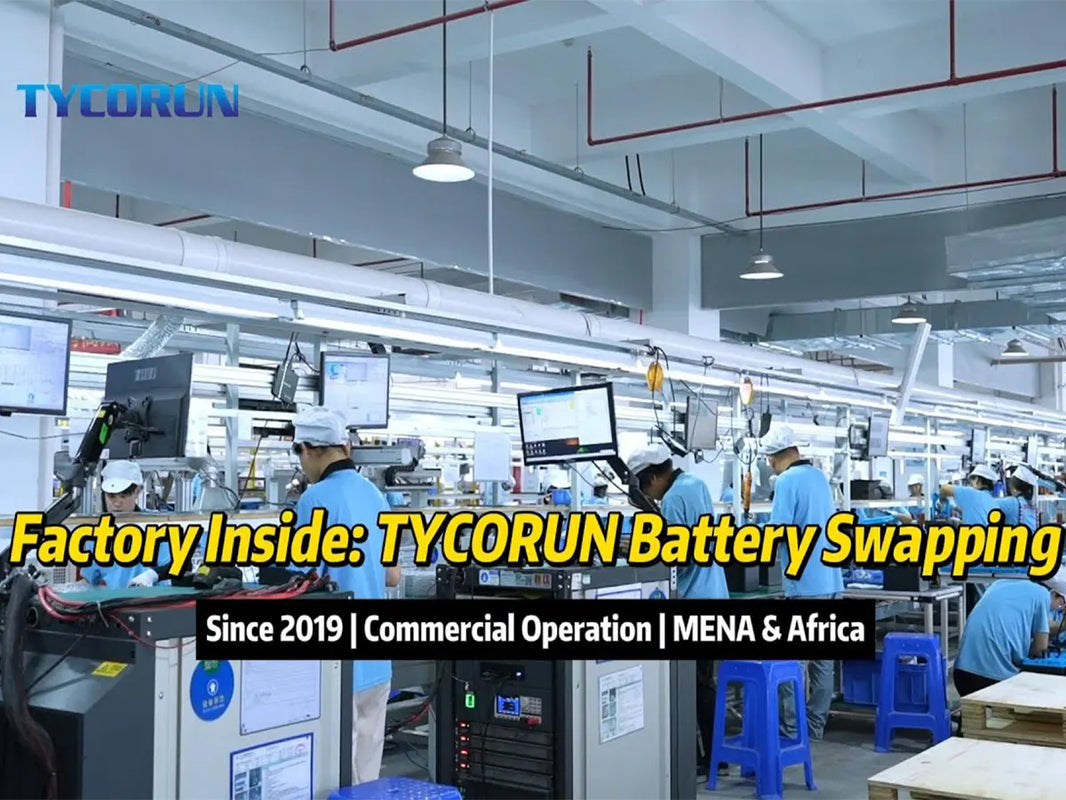
Main content:
At its core, EV battery degradation — including in motorcycles — refers to the gradual loss of a battery’s ability to store and deliver energy. For example, a brand-new electric motorcycle battery might give you 120 km of riding range, but after years of use, that range could drop to 100 km or even less.
Unlike mechanical failures, this decline is a natural process. All lithium-ion batteries, which are the most common type used in EVs, experience some level of wear as they go through repeated charging and discharging cycles.
The speed of motorcycle battery degradation depends on several factors, such as charging habits, exposure to extreme temperatures, and even the quality of the battery management system (BMS) that monitors and protects the pack. In this guide, we’ll explore what EV battery degradation means, its signs, causes, and prevention methods. By the end, you’ll know exactly how to care for your EV battery and extend its lifespan.
What is EV battery degradation?
At its core, EV battery degradation refers to the gradual loss of a battery’s ability to store and deliver energy. A new EV battery might give you 300 miles of driving range, but after years of use, that range might drop to 270 or even 250 miles.

Unlike mechanical failures, this process is natural. All lithium-ion batteries — the dominant type used in EVs — experience some level of wear as they go through charging and discharging cycles.
Several factors, such as charging habits, temperature, and even the quality of the battery management system (BMS), influence how fast EV battery degradation occurs.
Types of EV Batteries and Their Lifespan
Not all EV motorcycle batteries are the same. Different chemistries have different durability, battery life, and charging life, which directly affect how long they last on the road.

- Lithium-ion batteries
These are the most common type in EV motorcycles today. On average, their battery life ranges from 5 to 8 years, depending on how often they are used and how well they are maintained. They typically offer 1,000–2,000 charge cycles before noticeable EV battery degradation occurs.
- Lithium iron phosphate (LiFePO4) batteries
Known for their longer battery life cycle compared to nickel manganese cobalt (NMC) batteries. A LiFePO4 pack can often handle 3,000–4,000 charging cycles, making it more durable in the long term and better at maintaining capacity even after years of use.
- Lead-acid batteries
Still found in some budget-friendly EV motorcycles. However, their charging life is much shorter, often only 300–500 cycles, and they degrade faster. They also need more regular maintenance and replacement compared to modern lithium batteries.
In addition to chemistry, manufacturers design batteries with advanced cooling systems, protective casings, and smart battery management software. This means that a premium EV motorcycle may show slower EV battery degradation and enjoy a longer overall lifespan compared to a basic entry-level e-scooter.
How to Spot the Symptoms of EV Battery Degradation
Battery degradation in motorcycles creeps in slowly. You may not notice it at first, but the following signs usually indicate a weakening battery:

- Reduced riding range – Your bike no longer travels as far on a single charge.
- Slower charging times – The battery takes longer to reach full capacity.
- More frequent charging – You find yourself plugging in more often than before.
- Weaker acceleration and performance – The motorcycle feels less responsive.
- Inconsistent charging behavior – Sometimes the battery may not reach 100%, or it may stop charging unexpectedly.
When you notice two or more of these symptoms, it’s usually a sign that motorcycle battery degradation has begun affecting performance.
What Are The Factors Behind EV Battery Degradation
Several factors contribute to EV battery degradation. The most common include:

- Charging habits
How you charge your EV has a big effect on battery life. in battery life and charging using DC fast chargers too often produces extra heat, which wears the battery out faster. Charging all the way to 100% every day also puts stress on the cells and speeds up EV battery degradation. A better practice is to keep the charge between moderate levels instead of always going from empty to full.
- Charge and discharge cycles
Each time the battery is charged and then used, it completes a cycle. Over thousands of cycles, the natural aging of the battery becomes noticeable. This means that frequent charging and heavy daily use will make EV battery degradation happen sooner compared to lighter use.
- Temperature extremes
Batteries don't perform well in very hot or very cold weather. High heat can break down the chemical materials inside, while freezing temperatures lower performance and make the battery work harder. Both conditions cause extra stress and contribute to faster degradation over time.
- Depth of Discharge (DoD)
Running the battery all the way down to near zero before recharging, or constantly charging it to full battery capacity, increases wear. Keeping the battery within a balanced range not too low and not always at 100%, helps slow EV battery degradation.
Check battery discharge capacity for more information.
- Riding style
Aggressive acceleration and high-speed riding demand more power, stressing the cells.
- Manufacturing variations
Not all batteries are built exactly the same. Even within the same car model, small differences in production quality, materials, or design can affect how long the battery lasts. Some packs naturally resist EV battery degradation better than others due to these variations.
Practical Tips to Slow EV Battery Degradation
While you can’t stop EV battery degradation completely, you can significantly slow it down with smart habits:
- While you can’t stop degradation completely, you can slow it down with smart habits:
- Keep charge levels between 20% and 80%.
- Limit fast charging to when it’s really needed.
- Store your motorcycle in moderate temperatures.
- Update the software/BMS when available.
- Ride smoothly instead of constant hard acceleration.
- With these steps, many EV motorcycles achieve long lifespans before degradation significantly affects daily use.
With these steps, many EV owners achieve over 300,000 miles before significant EV battery degradation affects daily use.
Final Thoughts
EV battery degradation in motorcycles is an unavoidable process, but understanding it helps riders make smarter choices. By recognizing early signs of battery wear and practicing healthy charging and riding habits, you can slow down motorcycle battery degradation and extend overall lifespan.
The key is balance: avoid extreme charging behaviors, protect your motorcycle from temperature extremes, and keep your battery software updated. With proper care, your EV motorcycle battery can resist faster EV battery degradation, serve you reliably for years, and even find a second life in other applications afterward.
FAQ About EV Battery Degradation
How quickly does EV battery degrade?
Most EV batteries last 15-20 years, with an average degradation rate of about 1.8% per year under moderate conditions.
Which EV battery lasts the longest?
Lithium-ion batteries are the most common in EVs and usually last longer than other types, but their lifespan still differs by brand. In general, lithium iron phosphate (LiFePO4) batteries last longer than ternary lithium ones, though factors like manufacturer, driving style, and charging habits also affect battery life.
Can EV battery degradation be fixed?
No, EV battery degradation can’t be undone because it’s a natural and permanent process. As time passes, the battery slowly loses capacity and performance. The good news is that with good charging habits and regular care, you can slow this process and make the battery last longer.
Related Article: Car battery recycling, Car battery voltage, Car battery types















